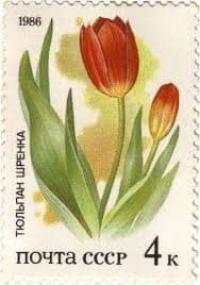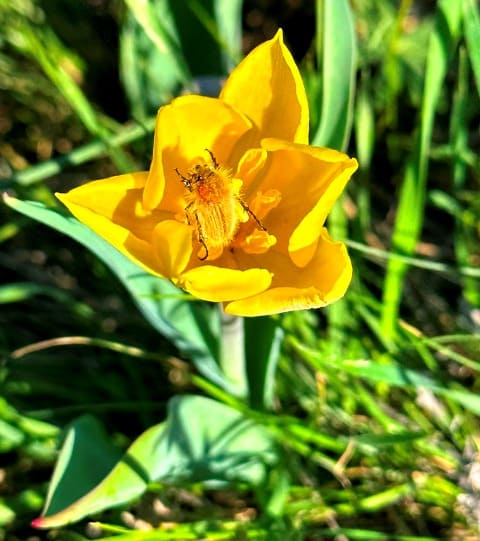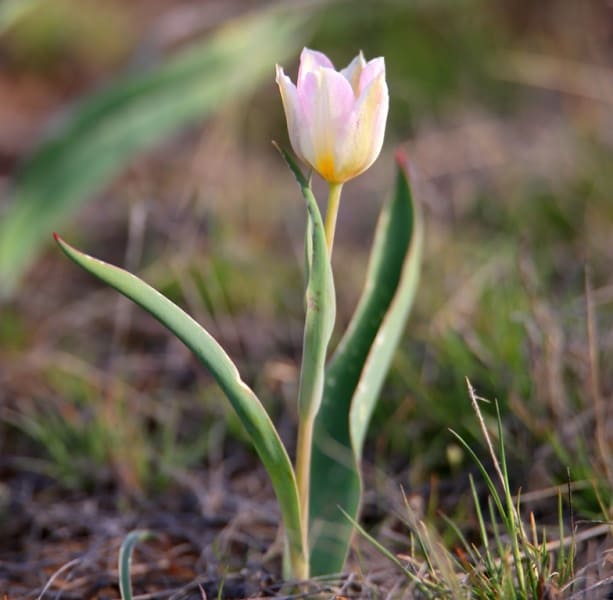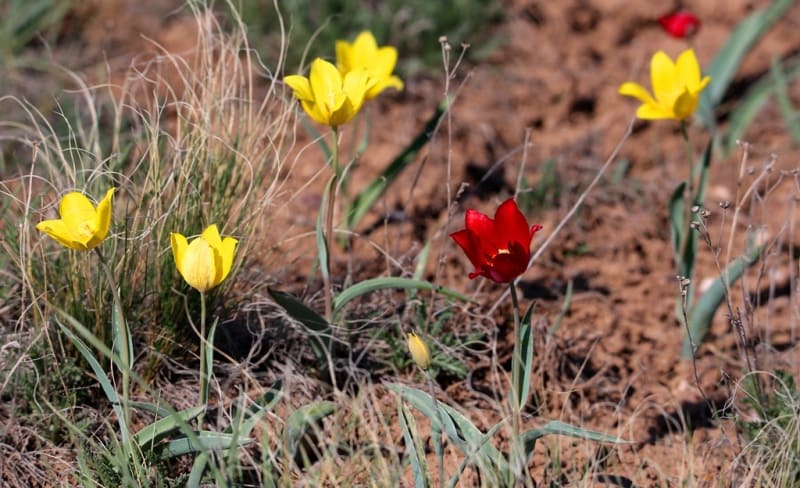You are here
Tulipa Schrenkii.


Tours behind tulips in Central Kazakhstan.
“Snow is both sides of the same page
It covers the grave and the tulip”
Richard L. Ratliff.
Tulips Tours in Kazakhstan.
Historical background of Tulipa Schrenkii.
Described in 1873 by E.L. Regel from the vicinity of the town of Ishim, Tyumen region. Tulip type is found in St. Petersburg. Named in honor of Alexander Ivanovich Shrenk (1816 - 1876), an employee of the St. Petersburg Botanical Garden, who collected on expeditions in 1840 - 1843.
There are about 1000 plant species on the territory of Northern and Eastern Kazakhstan. Some taxonomists do not recognize the independence of this species. Previously, it was considered synonymous with T. suaveolens, and recently (Cherepanov, 1995) it has been identified with Tulipa gesneriana.
Brief description of Schrenkii tulip. The bulb is ovoid, up to 2.5 - 3 cm in diameter, with black-brown, from the inside, along the entire surface, appressed-hairy scales. Stem up to 30 - 40 cm tall, glabrous, sometimes reddish in the upper part. Leaves (usually 3, rarely 4), spaced, bluish, slightly wavy along the edge, shorter than the flower.
Cup-shaped lily type flower up to 7 cm tall, very variable in shape, with a slight pleasant aroma. Coloring - from pure white, yellow to reddish-burgundy, lilac and almost purple, with or without a yellow or black spot in the center.
Variegated forms are not uncommon Shrenkii Tulip. The filaments, like the anthers, are yellow or black. The fruit is up to 4 cm long and 2.2 cm wide, the number of normally developed seeds is up to 240. Seed reproduction.
Phenology of Schrenkii tulip. Flowering from late April to late May, fruiting in June.
Ecology of Schrenkii tulip. Steppes, deserts and semi-deserts, sometimes gravelly trails of low mountains. Often found in saline soils.
Distribution of Schrenkii tulip in Kazakhstan. From the Caspian Sea to the Eastern Uplands, from the northern borders of the Republic to the Balkhash line (West Kazakhstan, Atyrau, Aktobe, Kostanay, Akmola, Karaganda, Ulytau regions).
Cultivation of Schrenk tulip in Kazakhstan. Tested in all botanical gardens of Kazakhstan, feels best in Zhezkazgan and Karaganda. In Almaty - weakly stable, drops out after 5 - 6 years. It is widely cultivated in various regions of the CIS (about 30 cities), has long been cultivated in Western Europe and Turkey. A. Pavord (1999) provides historical data that in 1574, by order of Sultan Selim, 300,000 bulbs of this species were planted in the Imperial Gardens of Constantinople, delivered from Kefe (now Feodosia in Ukraine).
Practical significance of Schrenkii tulip. It is considered one of the founders of the first cultivated varieties (Duc Van Tol class, known since the end of the XVIth century). Crosses well with varietal tulips. V.M. Kudryavtseva (Minsk) in 1971 obtained in this way 2 new varieties - Chabarok and Kupalinka, belonging to the Triumph class.
Protection of Shrenkii tulip in Kazakhstan. Listed in the Red Book. It is protected in the Naurzum and Kurgaldzhinsky reserves.






Authority
“Tulips of Kazakhstan”. Almaty, LTD “Almatykitap baspasy”. 2010, 272 p. Illustrated.
Photos by
Alexander Petrov






